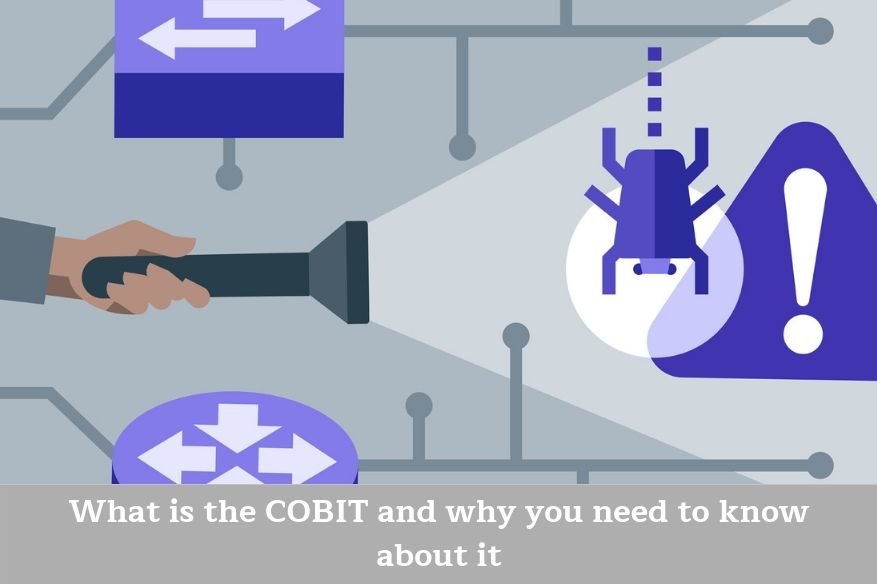What is the COBIT and why you need to know about it

Business processes today are largely dictated by the technology around them. Cloud computing, big data, and social media are just a few technologies that shape and affect a business as they generate huge amounts of data. This can be used to get ahead of the competition, but it also creates challenges in terms of governance and management. This is where the COBIT comes into play.
Defining Control Objectives for Information and Related Technologies
The Control Objectives for Information and Related Technologies, or more commonly known as the COBIT, was designed to help organizations and businesses implement, monitor, develop, and improve their information management and IT governance.
The COBIT was established by the Information Systems Audit and Control Association, or ISACA. They published this framework together with the IT Governance Institute, or ITGI.
The Evolution of the COBIT
The COBIT was initially published in the mid-1990s. The focus was mainly on doing audits, specifically on helping financial auditors navigate IT frameworks. Today, it has evolved to doing more than just audits. The third version of the COBIT released by ISACA introduced management guidelines.
The fourth version added guidelines on ICT governance. The latest version used today, released in 2014, focused more on information governance, along with risk management.
Core Principles of the COBIT 5
The COBIT 5, the latest in this series, is centered around five core principles:
- Meeting the needs of stakeholders.
- Having a comprehensive coverage of the organization.
- Creating a single unified framework.
- Creating a more holistic approach for business.
- Making a distinction between management and governance.
The COBIT Framework Goals
The latest release of the COBIT framework puts together the guidelines from the fourth version, along with Val IT 2.0, and the Risk IT Framework. According to ISACA, these updates are meant to:
- Streamline information sharing within the organization.
- Use strategy and IT to achieve business goals.
- Minimize security risks on information and provide more controls.
- Provide efficient costing for technology and IT.
- Integrate recent findings into the COBIT framework.
Companies making use of several frameworks like CMI and ITL will find it easier to govern their IT.
Benefits of the COBIT 5
There are several benefits associated with the COBIT 5. First, it allows you to supervise and manage information security in a more efficient manner. It helps ensure compliance and manage vulnerabilities.
When it comes to risk management, the COBIT 5 allows you to improve on the enterprise risk and keep one step ahead of evolving regulatory compliances.
Framework of the COBIT 5
There are several components that make up the COBIT 5, including:
Main Framework
This creates the basic guidelines, foundation, and best practices related to IT governance. They are then integrated with the needs and requirements of the organization. The main goal of the main framework is to allow the organization to align its goals with its IT.
Process Descriptions
This allows the business to have a reference process model, along with a common language used by each member of the organization. The descriptions cover planning, creating, implementing, and monitoring the processes involved in IT. This helps everyone in the organization understand the processes and terminologies.
Control Objectives
This is where the complete list of requirements can be found for effective control of the processes involved in IT. This can actually help improve all IT processes.
Management Guidelines
These guidelines of the COBIT detail people’s responsibilities and what tasks are expected of them. They also show how to measure the organization’s performance with implementing the COBIT 5.
Maturity Models
These models assess the company’s maturity in terms of coping up with growth. This helps plug the gaps, if found.
The COBIT Certifications
The COBIT 5 certification is available from ISACA, which teaches you all about this framework, along with:
- How to apply the COBIT 5 in essentially any situation.
- How to use this with other frameworks.
- How to understand what challenges this framework addresses.
There are two paths to certification:
- Implementation path, which focuses more on the application of the COBIT 5 in business models and challenges.
- ASSESSOR path, which focuses more on how to review processes that require change.
The COBIT certification is useful for many companies and roles such as IT directors, managers, audit committee members, and more.
Also Read,
NIST Cybersecurity Framework For Organizations To Follow
Importance of Employee Awareness and Training For Cyber Security